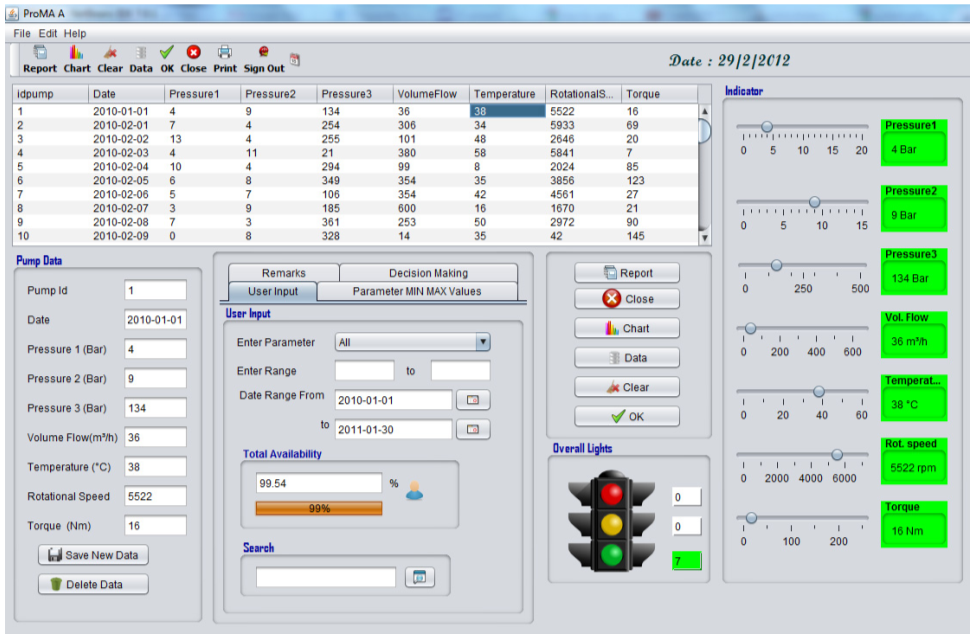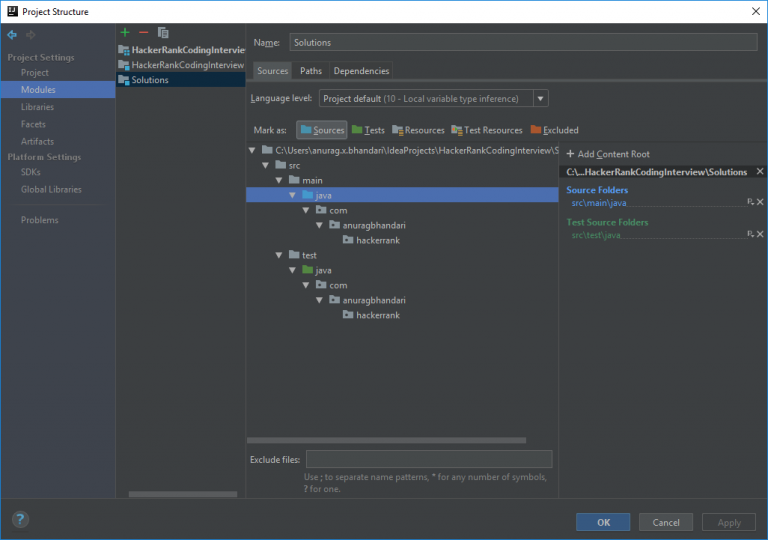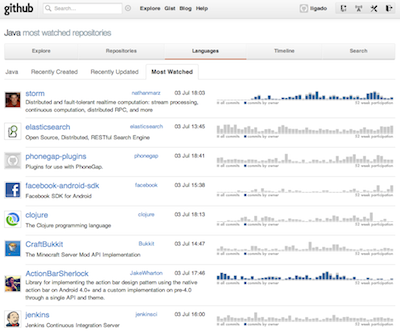


As a beginner, you could identify and fix bugs in a project. There are a lot of ways you can participate in open source. Although most of the examples will be of the Angular project, all these strategies described apply to many open source projects. For illustration purposes (and because I’ve contributed some there), I’ll use the Angular project to explain how you could contribute to open source software. These communities also introduce you to tons of people you can network with, who in turn will open you up to worthwhile opportunities.īelow, we’ll explore some strategies that you could use to break into open source.

When you’re applying for jobs, you can point to your work on open source software as proof of your skills.īy collaborating with others on open source you use, you get to become part of a community where you can practice your soft skills like communication, giving and receiving feedback, emotional intelligence, etc. You help maintain the software you use while honing your technical skills. Some well-known open source projects include Django, Postgres, MongoDB, Vue, Go, Ruby, TypeScript, Git and so many more.Īlthough the main point of open source projects is to create valuable and accessible open source software, individual contributors can get plenty of personal benefit from contributing to them. It’s usually developed and maintained collaboratively by a community of its users. Open source refers to source code that is made available to the public to view, use, modify, and distribute under a license. However, as evidenced by how widespread open source is, there are a lot of opportunities to break into it and thrive even if you’re new. To add to that, most large open source projects have a steep learning curve. Contributing to open source can be intimidating and confusing depending on the project you’re working on.


 0 kommentar(er)
0 kommentar(er)
